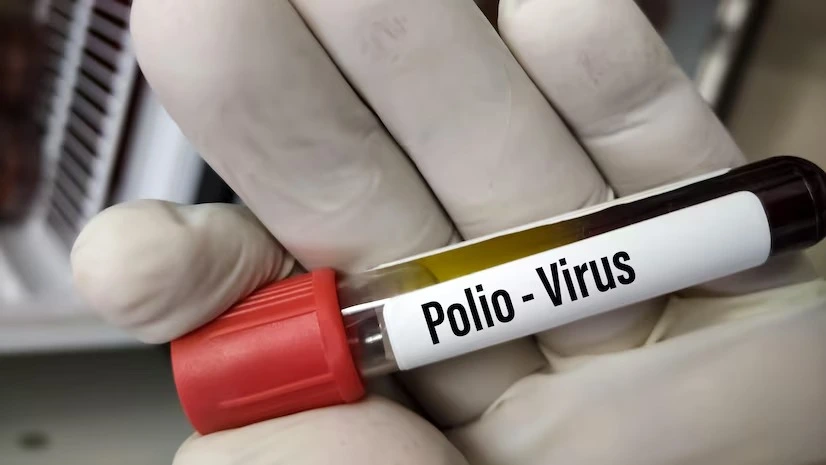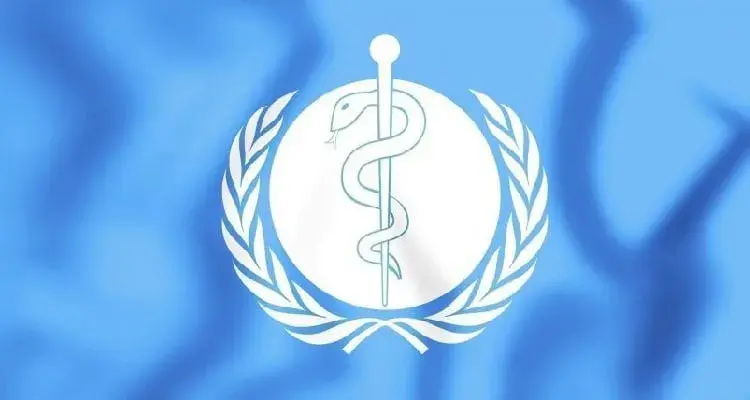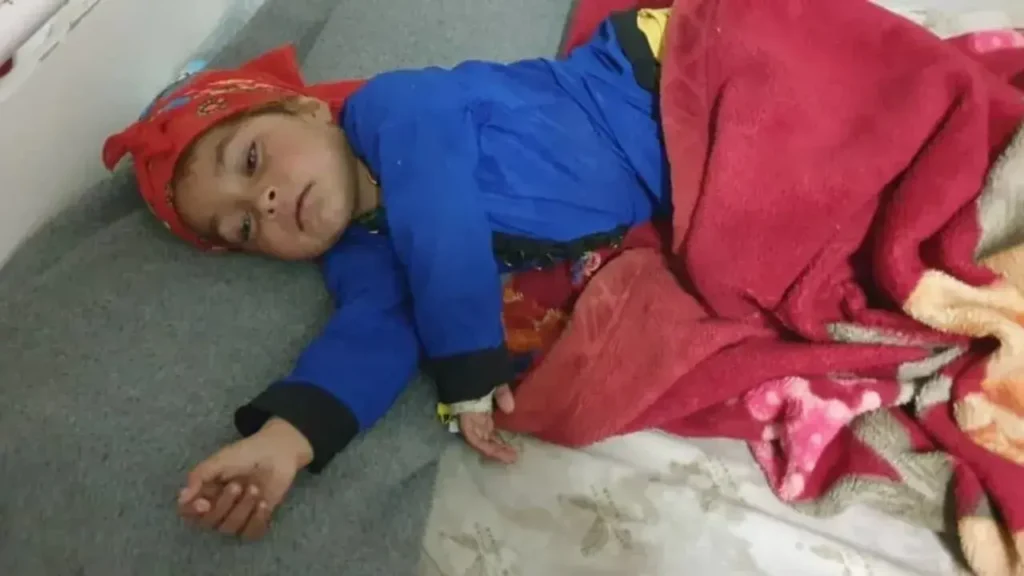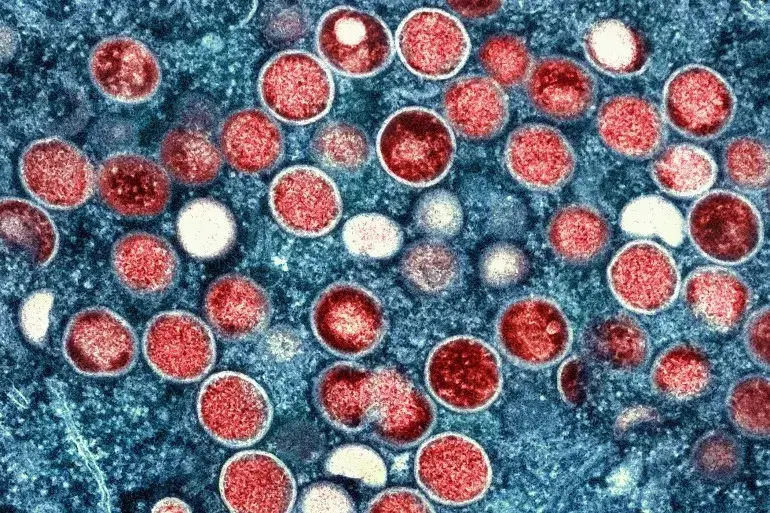HIV Cases in Mizoram Surge to 32,287 – Understanding the Crisis
Mizoram is witnessing a concerning surge in HIV cases, with 32,287 individuals testing positive and 5,511 reported deaths as of January 2025. The state now holds the highest HIV prevalence rate in India at 2.73%, far exceeding the national average of 0.2%. State Health Minister Lalrinpuii has urged lawmakers to take immediate action to combat the epidemic. During a meeting of the Mizoram Legislative Forum on AIDS, Mizoram State AIDS Control Society (MSACS) Project Director Dr. Jane R. Ralte provided an update, revealing that 1,769 new cases were detected between April 2024 and January 2025. According to Dr. Ralte, 67% of infections are attributed to unprotected sexual activity, while 30.44% stem from the use of unsterilized syringes. However, a decline in new infections and HIV-related deaths has been observed due to increased testing and adherence to antiretroviral therapy (ART). To support those affected, the state legislators have pledged Rs 50,000 each from their MLA funds for 2024-25, ensuring continuous ART treatment access through MSACS. Additionally, the Health Ministry has introduced HIV self-testing (HIVST) as a discreet, accessible testing method to combat stigma and improve early detection. HIV primarily spreads through unprotected sexual contact, sharing contaminated needles, blood transfusions, and from mother to child during pregnancy or breastfeeding. High-risk groups include individuals with multiple partners, intravenous drug users, sex workers, and healthcare workers exposed to infected blood. With strengthened policies, awareness programs, and self-testing initiatives, Mizoram aims to curb the HIV crisis and ensure better healthcare access for affected individuals. Source: Business Standard
HIV Cases in Mizoram Surge to 32,287 – Understanding the Crisis Read More »










